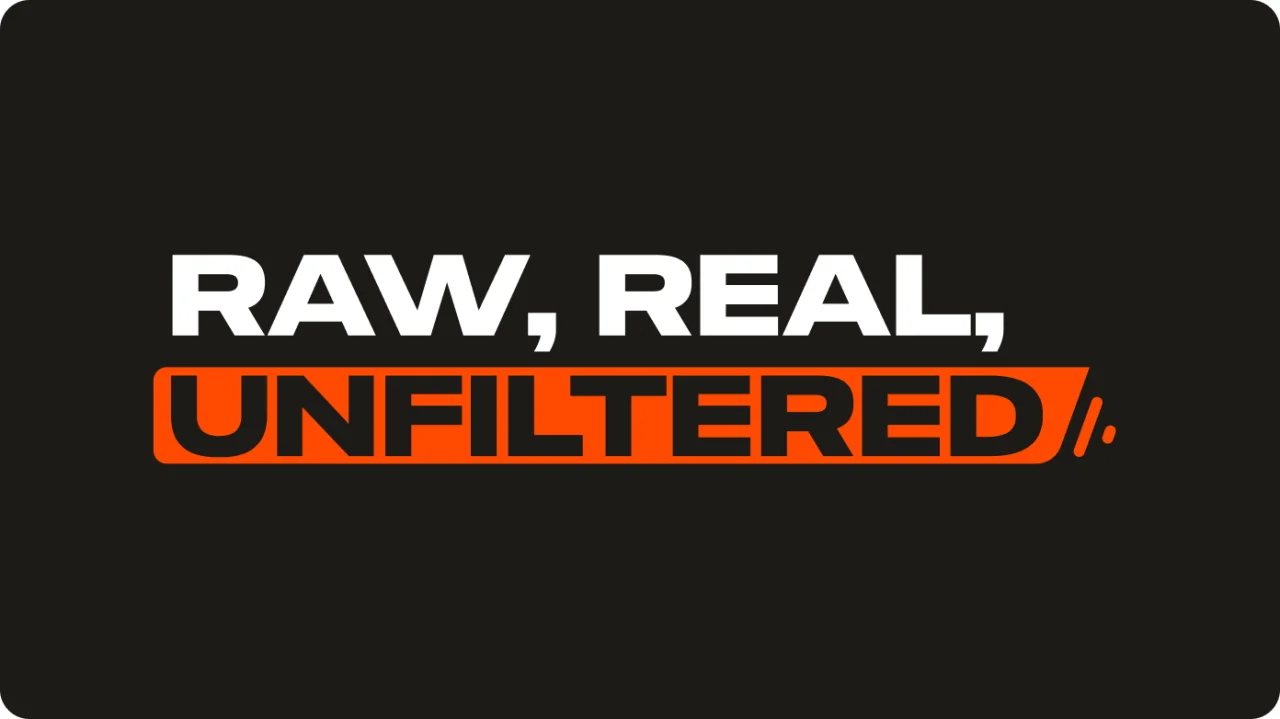Create a Hiring Plan
Write a job description for each position you want to fill. The description should include the main responsibilities for that role and the skills or experience you expect from candidates.
Do a reality check by comparing your description to other jobs posted on sites like LinkedIn and Indeed. Similarly, compare the experience requirements to real resumes on those sites. Your description shouldn’t ask for a “unicorn” combination of skills that doesn’t exist in the real world. Don’t be that company asking for ten years’ experience working with a software program that’s only been around for five years.
An individual job description can’t cover all your startups’ pain points, so keep it focused. Keith Sims, president of Integrity Resource Management, says organizations often make the mistake of stuffing job descriptions with miscellaneous tasks.
“They put everything in the job description that nobody else wants to do. Okay, just because you come up with a list of stuff that nobody else wants to do does not make it a job,” he says.
Set your budget for compensation, using sites like PayScale and Glassdoor to research average salaries in your industry. And decide what benefits to offer. Unique perks like pet insurance can help your startup stand out.
“Even things like an Uber Eats or food delivery stipend is a really attractive benefit to somebody who's just trying to come up with a reason to go to a new company,” says Rachel Ego, owner of Big Time HR.
Get the Word Out
Manually posting ads to job boards can be a chore, so use the free tier of recruiting software like Breezy or Zoho Recruit to automate that process.
Contact people in your network to let them know you’re hiring, and post your ad on social media. Consider filming a short video introducing your company and encouraging job seekers to apply.
To attract top talent, Ego recommends connecting with candidates at industry events and conferences. She finds that responses on job boards can be more hit-or-miss in comparison.
“You're not going to have the number of high-quality candidates, as opposed to going to a conference and talking with people there and making your need known in the network of people who are in that industry,” she says.
Screen and Interview Candidates
Screen candidates to make sure they’re well-suited to working for a startup. You likely don’t have the organizational scaffolding of a Fortune 500 company, so you should hire people who can thrive in a fluid environment.
“You want people who are proactive in seeking out solutions, new opportunities and ideas, because your first few hires in a small business really do have to be able to pivot quickly. They have to be able to ask questions, and they have to be able to help the company succeed,” Ego says.
You also want to confirm that candidates will mesh well with your culture. Tell them your business’ priorities upfront, and start a conversation about those values.
“If you're in the tech industry, maybe it's shipping fast, or maybe it's creating software that doesn't have bugs. It can be a whole bunch of things. It really just depends on what the industry is. But knowing that the person that you're hiring knows what those core values are and signs on is important,” Ego says.
Sims observes that startups are often in selling mode, and he cautions against spending valuable interview time talking up your own company.
“If you're interviewing somebody who's going to be a staff member of your organization, you should be interviewing that person, not selling them,” he says.
Ask questions about personality and working style, and be open and non-judgmental about hearing bad news from candidates. While it may feel disappointing when a candidate says something that’s a dealbreaker, they’re actually helping you narrow down your options.
“You want to make it easy for somebody to tell you they're not a fit for the job,” Sims says.
Situational questions, such as, “What’s a time you failed? How did you respond?” or “What’s a time you dealt with a difficult customer?” are interview classics for a reason.
“They've been around for a long time because they work. You get a sense of what the employee has done and how they've handled it or what they've learned from it,” Ego says.
Consider inviting the top contenders to do a skills assessment in which they show you how they’d approach a sample task. The results can reveal differences in candidates’ level of preparation for the role and in how they interpret directions and feedback.
“It can be a really telling sign of, ‘Oh, this person could hit the ground running and that could be a huge asset.’ Or, ‘Oh, this person might need a little bit of ramp up time because they’re just not as familiar with some of these pieces,’” Cowan says.





